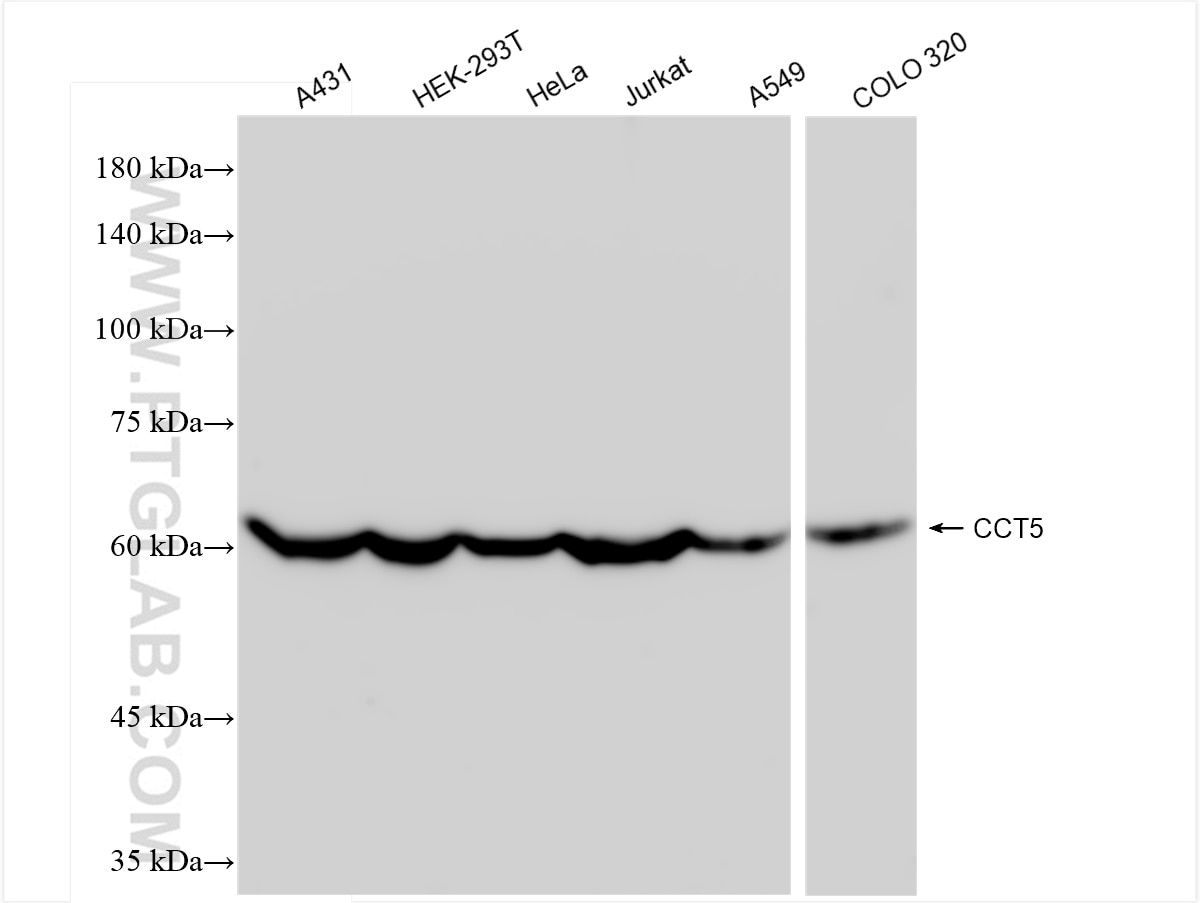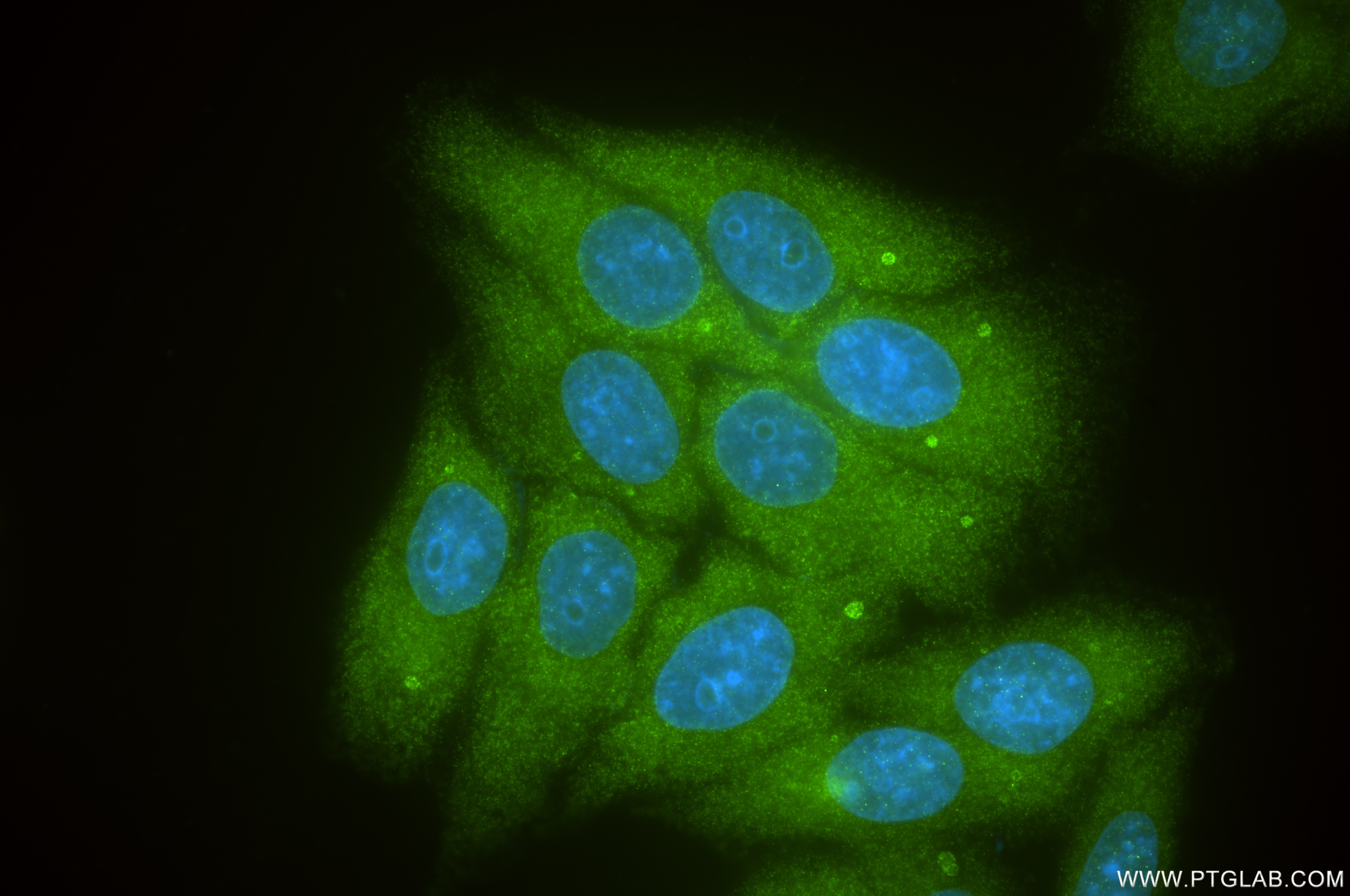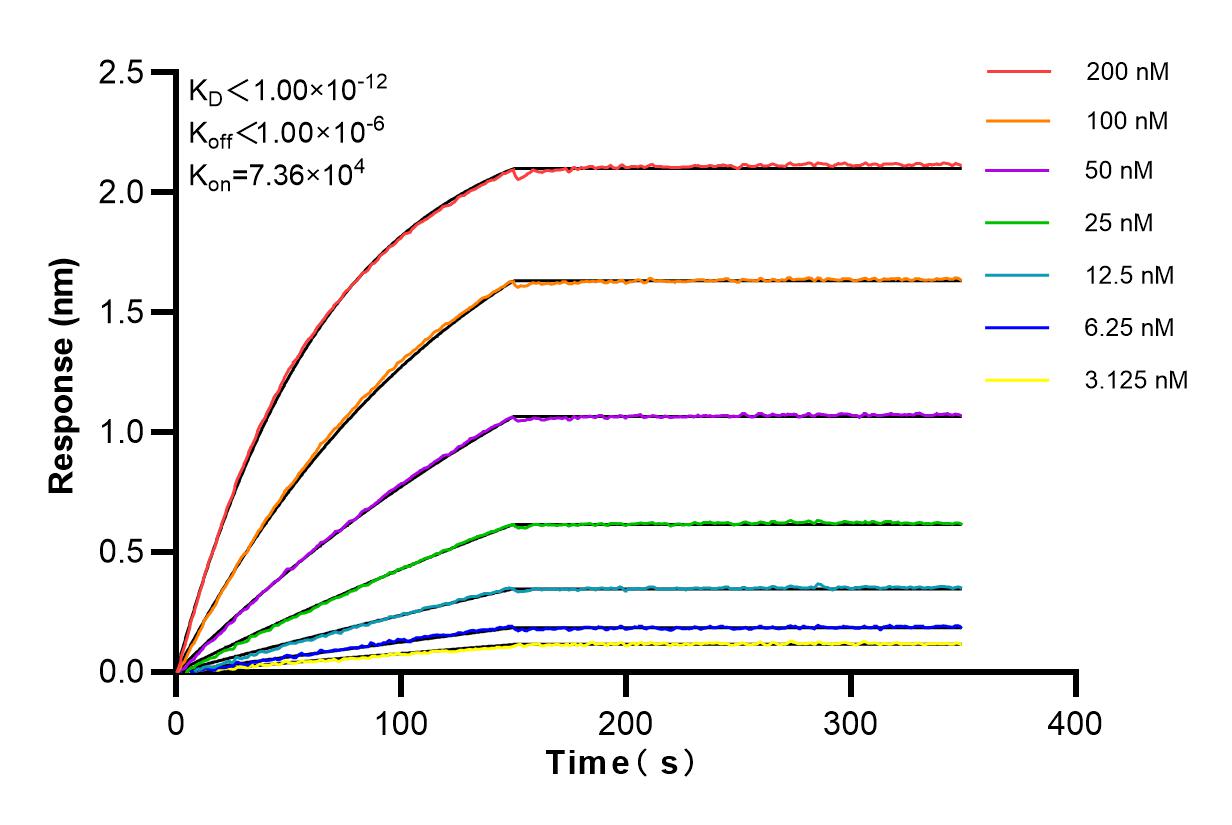Tested Applications
| Positive WB detected in | A431 cells, HEK-293T cells, HeLa cells, Jurkat cells, A549 cells, COLO 320 cells |
| Positive IF/ICC detected in | HepG2 cells |
Recommended dilution
| Application | Dilution |
|---|---|
| Western Blot (WB) | WB : 1:5000-1:50000 |
| Immunofluorescence (IF)/ICC | IF/ICC : 1:200-1:800 |
| It is recommended that this reagent should be titrated in each testing system to obtain optimal results. | |
| Sample-dependent, Check data in validation data gallery. | |
Product Information
84310-2-RR targets CCT5 in WB, IF/ICC, ELISA applications and shows reactivity with human samples.
| Tested Reactivity | human |
| Host / Isotype | Rabbit / IgG |
| Class | Recombinant |
| Type | Antibody |
| Immunogen | CCT5 fusion protein Ag2146 Predict reactive species |
| Full Name | chaperonin containing TCP1, subunit 5 (epsilon) |
| Calculated Molecular Weight | 541 aa, 60 kDa |
| Observed Molecular Weight | 60 kDa |
| GenBank Accession Number | BC035499 |
| Gene Symbol | CCT5 |
| Gene ID (NCBI) | 22948 |
| RRID | AB_3671850 |
| Conjugate | Unconjugated |
| Form | Liquid |
| Purification Method | Protein A purification |
| UNIPROT ID | P48643 |
| Storage Buffer | PBS with 0.02% sodium azide and 50% glycerol, pH 7.3. |
| Storage Conditions | Store at -20°C. Stable for one year after shipment. Aliquoting is unnecessary for -20oC storage. 20ul sizes contain 0.1% BSA. |
Background Information
CCT5 is a subunit of chaperonin containing TCP1 complex that is also known as the TCP1 ring complex (TRiC).CCT5 involves enhancing Wnt/β-catenin signalling activity in GCs through abrogating the interaction between E-cadherin and β-catenin (PMID: 35194191). The expression levels of CCT5 have been found to be upregulated in types of cancers, including breast cancer, colon cancer, lung cancer, glioblastoma, hepatocellular carcinoma and ovarian cancer (PMID: 36768350). Human CCT5 consist of 541 amino acids organized in β-sheets and α-helixes distributed into three domains and has a predicted molecular weight of 60 kDa.
Protocols
| Product Specific Protocols | |
|---|---|
| WB protocol for CCT5 antibody 84310-2-RR | Download protocol |
| IF protocol for CCT5 antibody 84310-2-RR | Download protocol |
| Standard Protocols | |
|---|---|
| Click here to view our Standard Protocols |







